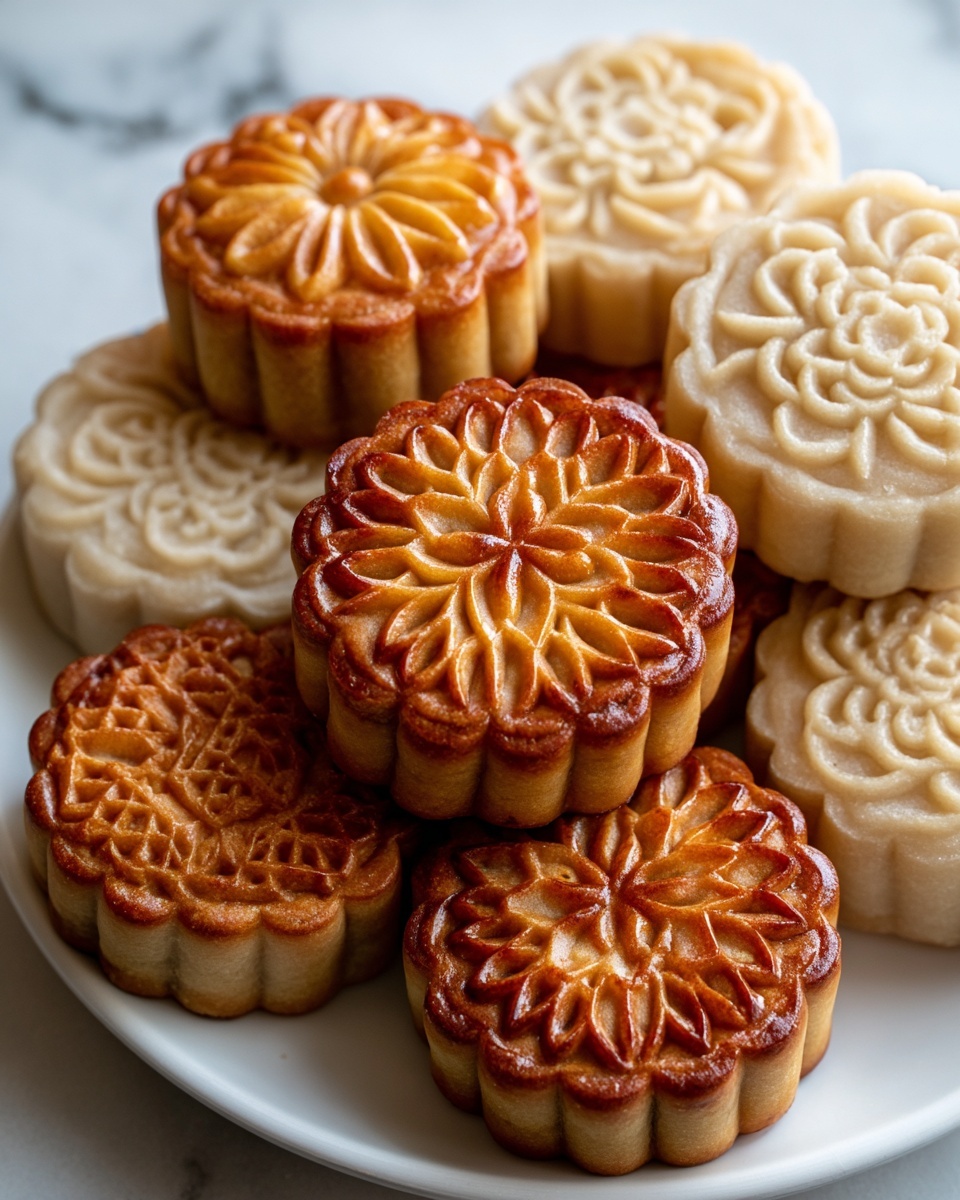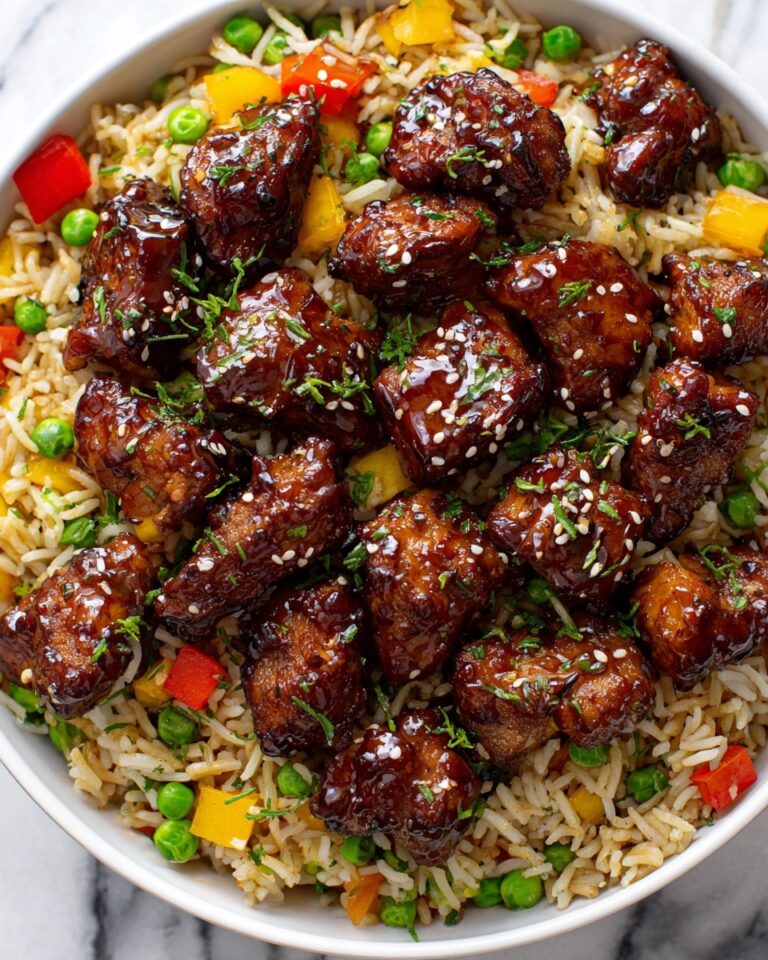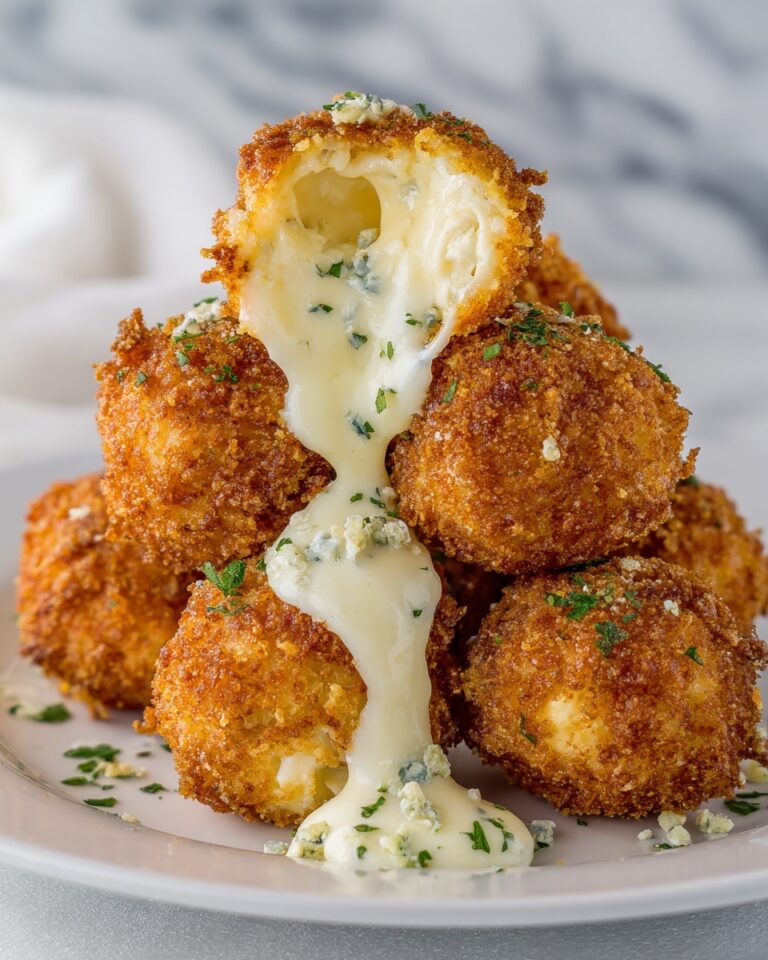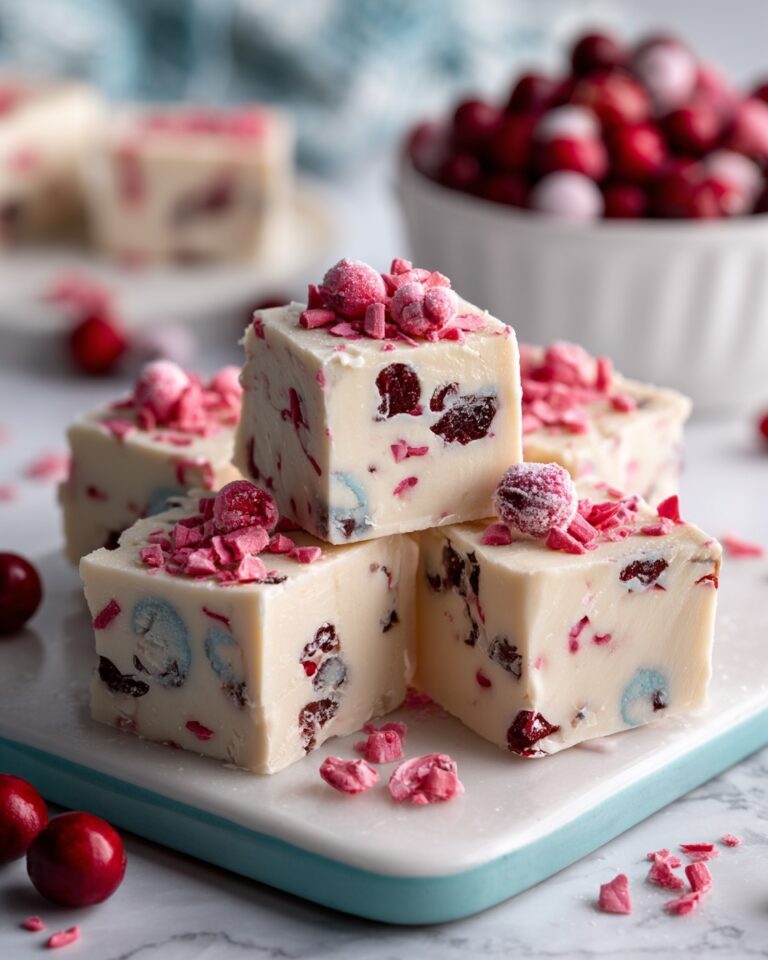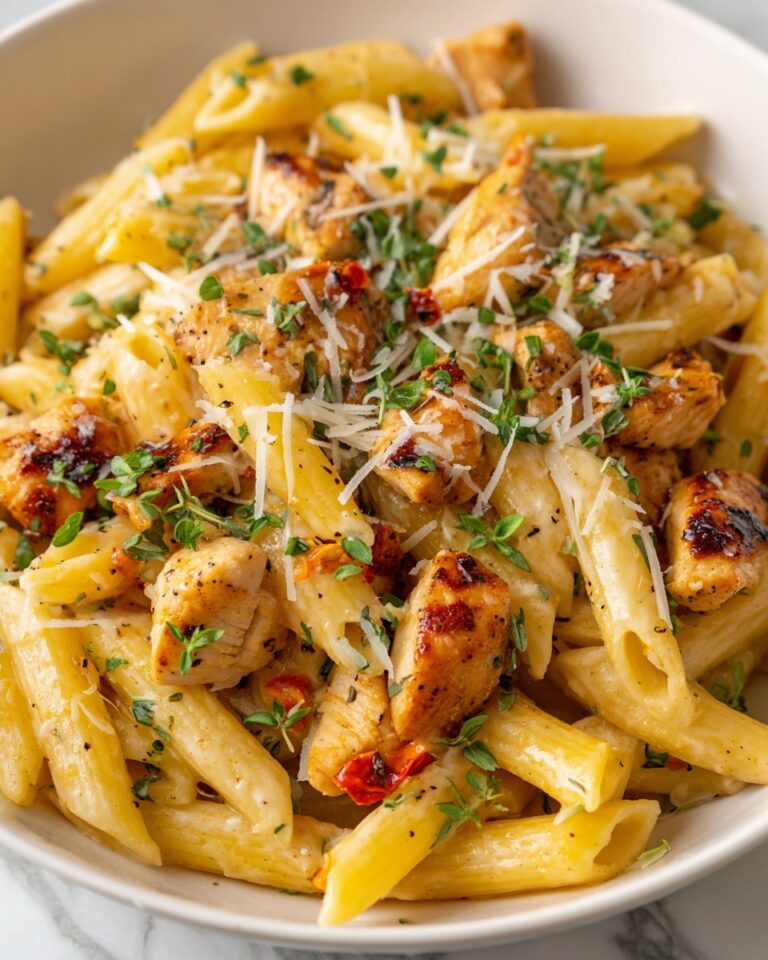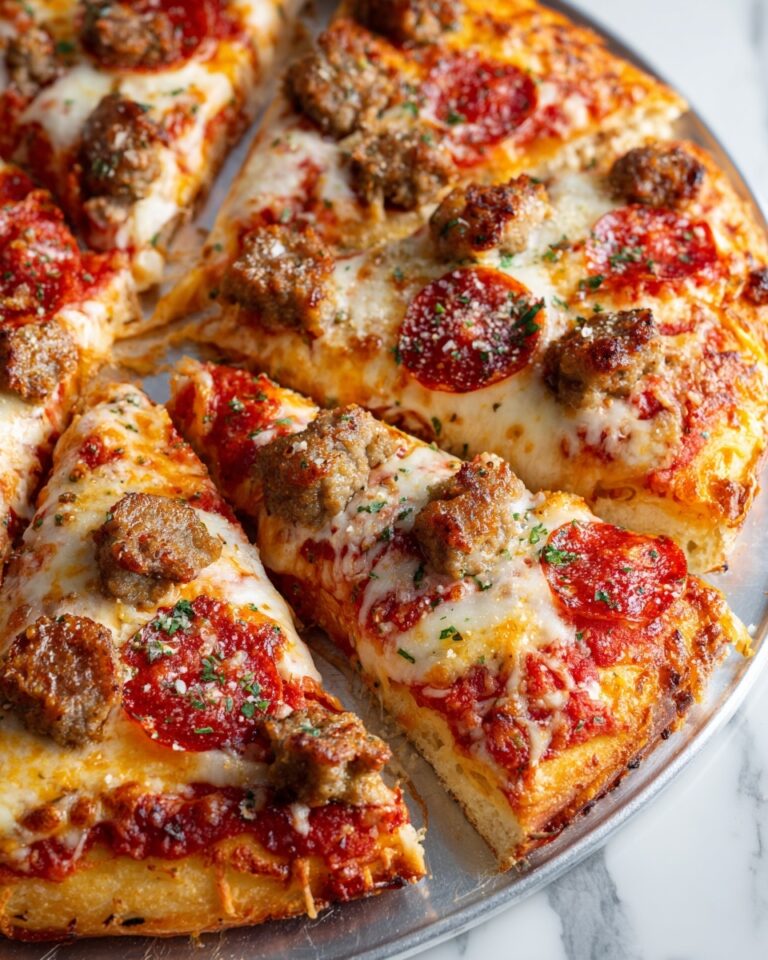Oh, do I have a treat for you today! The Angel Biscuits Recipe is an absolute game-changer when it comes to soft, flaky, melt-in-your-mouth biscuits that bring the warmth and comfort of a home-baked favorite straight to your table. These biscuits strike the perfect balance between tender crumb and delicate layers, thanks to a clever combination of yeast and baking powder, plus that buttery magic folded into the dough. Whether you’re baking them for a special brunch or a cozy dinner, this Angel Biscuits Recipe is bound to become your new go-to for elevating any meal with a side of pure biscuit bliss.
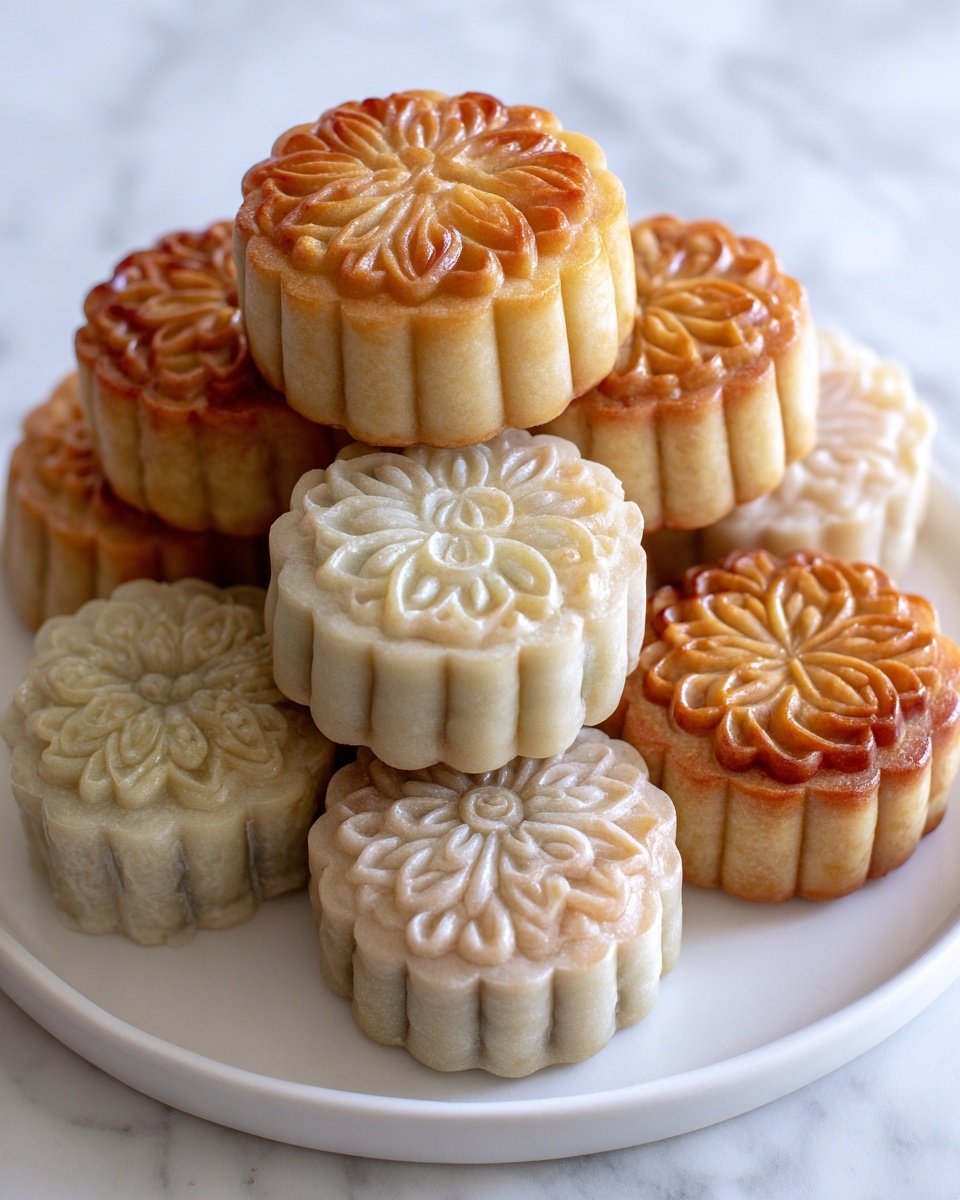
Ingredients You’ll Need
Believe it or not, the magic behind these heavenly Angel Biscuits starts with a few simple, pantry-friendly ingredients. Each one plays a crucial role, whether it’s the yeast giving a lovely rise and lightness, the buttermilk adding tang and tenderness, or the cold butter and shortening creating those unforgettable flaky layers.
- 2 ¾ cups all-purpose flour: The sturdy backbone of the biscuit, providing structure and a tender crumb when combined just right.
- 2 tablespoons granulated sugar: Just enough sweetness to enhance flavor without overpowering the biscuit.
- 2 teaspoons baking powder: Works alongside yeast to ensure a perfect rise and fluffy texture.
- ½ teaspoon baking soda: Helps with leavening and balances the acidity from the buttermilk.
- 1 teaspoon kosher salt: Needed for seasoning and bringing out the richness of other ingredients.
- 1 packet (2 ¼ teaspoons) rapid-rise yeast: This yeast is the secret to giving these biscuits their airy, cloud-like fluffiness.
- ½ cup unsalted butter, cold and cut into cubes: When folded into the dough, the butter creates those treasured flaky layers everyone loves.
- ¼ cup shortening: Adds tenderness and helps the biscuits maintain their shape during baking.
- 1 cup buttermilk (or substitute with milk + 1 tablespoon vinegar): Provides moisture and a touch of tang to tenderize the dough perfectly.
How to Make Angel Biscuits Recipe
Step 1: Mix Dry Ingredients
Start by whisking together the flour, sugar, baking powder, baking soda, salt, and yeast in a large bowl. This ensures your leavening agents and seasonings are evenly distributed, setting the stage for a uniform rise and even flavor in every biscuit.
Step 2: Cut in Butter and Shortening
Next, add the cold, cubed butter and shortening to the flour mixture. Use a pastry cutter or fork to gently cut them into the dry ingredients until the mixture looks like pea-sized crumbs. This step is critical for creating those delicate flaky layers—small bits of butter trapped in the dough melt during baking to form delightful pockets of air.
Step 3: Add Buttermilk
Pour in the buttermilk and stir until the dough just comes together. Try not to overmix because a tender biscuit waits in the balance—overworking the dough will develop gluten and lead to tough biscuits, and nobody wants that!
Step 4: Form Layers
On a lightly floured surface, gently pat your dough into a square about 1 inch thick. Then fold it over itself 2 to 3 times, gently pressing down between folds. This folding technique is your secret weapon for building flaky layers that practically melt on your tongue while still maintaining a light texture.
Step 5: Cut Biscuits
Use a biscuit cutter to cut the dough into rounds. You should be able to get about 12 biscuits from this dough. This step is super satisfying—those rounds of dough are the promise of something wonderful to come from your oven.
Step 6: Rest the Dough
Place your biscuits on a baking sheet, cover them with a towel, and let them rest for 30 to 60 minutes. This rest period lets the yeast do its thing, puffing up the dough slightly and making your biscuits fluffy and irresistible.
Step 7: Bake
Preheat your oven to 425°F (220°C) and bake the biscuits for 15 to 20 minutes, or until they’re beautifully golden brown on top. The warm, buttery aroma wafting through your kitchen will have everyone eagerly waiting at the table.
Step 8: Serve
As soon as the biscuits are out of the oven, brush them with melted butter for a shiny, rich finish. Serve them warm and prepare for compliments, because this Angel Biscuits Recipe is sure to impress every time.
How to Serve Angel Biscuits Recipe

Garnishes
To dress up your freshly baked biscuits a bit, consider topping them with a dollop of honey butter, a sprinkle of flaky sea salt, or even some fresh herbs like chives or thyme. These little touches not only boost flavor but also make your biscuits look irresistible on any plate.
Side Dishes
Angel biscuits are incredibly versatile. Serve them alongside a steaming bowl of homemade chicken soup, slather them with jam and a side of fresh fruit for breakfast, or make a breakfast sandwich with eggs and bacon. Their soft yet flaky texture makes them a perfect partner to both savory and sweet dishes.
Creative Ways to Present
Feeling festive? Slice your biscuits horizontally and layer them with smoked salmon and cream cheese for a fancy brunch twist. You could also use them as the base for mini biscuit pizzas by adding tomato sauce, cheese, and your favorite toppings— a fun and delicious change from the usual!
Make Ahead and Storage
Storing Leftovers
Wrap any leftover biscuits tightly in plastic wrap or store in an airtight container at room temperature. They’ll stay fresh and soft for up to two days, perfect for a quick snack or unexpected guests.
Freezing
If you want to keep your Angel Biscuits longer, they freeze beautifully. Freeze them individually on a baking sheet and then transfer to a freezer bag. This way, you can pull out just as many as you need, keeping your biscuit stash ready for any occasion.
Reheating
To warm up refrigerated or frozen biscuits, pop them in the oven at 350°F (175°C) for about 10 minutes or until heated through. You can also microwave them briefly but the oven method will help retain that lovely flaky texture.
FAQs
Why does this Angel Biscuits Recipe use both yeast and baking powder?
Great question! The combination of yeast and baking powder gives these biscuits their unique light and fluffy texture. Yeast helps create a tender crumb with a slight chew, while baking powder provides a quick rise, ensuring the biscuits aren’t dense.
Can I substitute shortening with more butter?
Yes, you can, but shortening adds tenderness and helps the biscuits hold their shape better during baking. Using all butter might give a richer flavor but can make the biscuits spread more, so it’s a balance depending on your preference.
What if I don’t have buttermilk on hand?
No worries! You can make your own buttermilk substitute by adding 1 tablespoon of vinegar or lemon juice to 1 cup of milk. Let it sit for 5 to 10 minutes before using. This acidity helps tenderize the dough just like buttermilk.
How important is it to keep the butter cold?
Super important! Cold butter creates steam as it melts in the oven, which lifts and separates the layers, resulting in flaky biscuits. If your butter is too warm, you’ll lose that flaky texture and get denser biscuits.
Can I make this Angel Biscuits Recipe gluten-free?
You can try using a gluten-free flour blend designed for baking biscuits, but keep in mind the texture might vary slightly. Yeast-based gluten-free biscuits may need some tweaking of rising times and moisture content, so some experimentation could be helpful.
Final Thoughts
If you’ve been looking for a biscuit recipe that’s both foolproof and utterly delicious, the Angel Biscuits Recipe is your golden ticket. It’s a beautiful blend of simple ingredients coming together to create something spectacularly soft, flaky, and full of buttery goodness. Give this recipe a try and watch your kitchen fill with warmth and wonderful aromas—you won’t be disappointed, and your family or guests will be asking for seconds in no time!
Print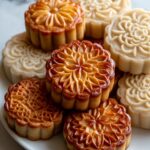
Angel Biscuits Recipe
- Prep Time: 25 minutes
- Cook Time: 20 minutes
- Total Time: 1 hour 15 minutes
- Yield: 12 servings
- Category: Breakfast
- Method: Baking
- Cuisine: American
Description
These Angel Biscuits are flaky, tender, and buttery, perfect for breakfast or as a comforting side. Made with a combination of cold butter, shortening, and buttermilk, these biscuits create beautifully layered, golden rounds that are both light and flavorful.
Ingredients
Dry Ingredients
- 2 ¾ cups all-purpose flour
- 2 tablespoons granulated sugar
- 2 teaspoons baking powder
- ½ teaspoon baking soda
- 1 teaspoon kosher salt
- 1 packet (2 ¼ teaspoons) rapid-rise yeast
Wet and Fat Ingredients
- ½ cup unsalted butter, cold and cut into cubes
- ¼ cup shortening
- 1 cup buttermilk (or substitute with 1 cup milk + 1 tablespoon vinegar)
Instructions
- Mix Dry Ingredients: In a large bowl, whisk together the all-purpose flour, granulated sugar, baking powder, baking soda, kosher salt, and rapid-rise yeast until well combined.
- Cut in Butter and Shortening: Add the cold, cubed unsalted butter and shortening to the dry ingredients. Using a pastry cutter or fork, cut them into the flour mixture until the texture resembles pea-sized crumbs, ensuring the fats are well incorporated but still cold for flaky layers.
- Add Buttermilk: Pour in the buttermilk and gently stir the mixture until just combined. Be careful not to overwork the dough, as this can toughen the biscuits.
- Form Layers: Turn the dough out onto a floured surface and gently pat it into a square about 1 inch thick. Fold the dough over itself 2 to 3 times, gently patting it down between folds to create distinct layers that contribute to the flaky texture.
- Cut Biscuits: Using a biscuit cutter, cut the layered dough into approximately 12 rounds, re-rolling scraps as needed. Handle the dough gently to preserve the layers.
- Rest the Dough: Place the cut biscuits on a baking sheet and cover them with a towel. Let them rest at room temperature for 30 to 60 minutes to allow the yeast to rise slightly, which will help the biscuits become light and airy.
- Bake: Preheat your oven to 425°F (220°C). Bake the biscuits on the baking sheet for 15 to 20 minutes until they turn golden brown on top and cooked through.
- Serve: Immediately after baking, brush the tops with melted butter for extra richness and serve the biscuits warm for the best flavor and texture experience.
Notes
- Using cold butter and shortening is key to achieving flaky layers in the biscuits.
- If buttermilk is unavailable, substitute with milk mixed with 1 tablespoon of vinegar or lemon juice to mimic the acidity and flavor.
- The folding technique helps create flaky layers similar to puff pastry—don’t skip or flatten the dough too much.
- Allowing the biscuits to rest before baking activates the yeast and improves texture and rise.
- Brush the biscuits with extra melted butter for a richer, golden finish.

